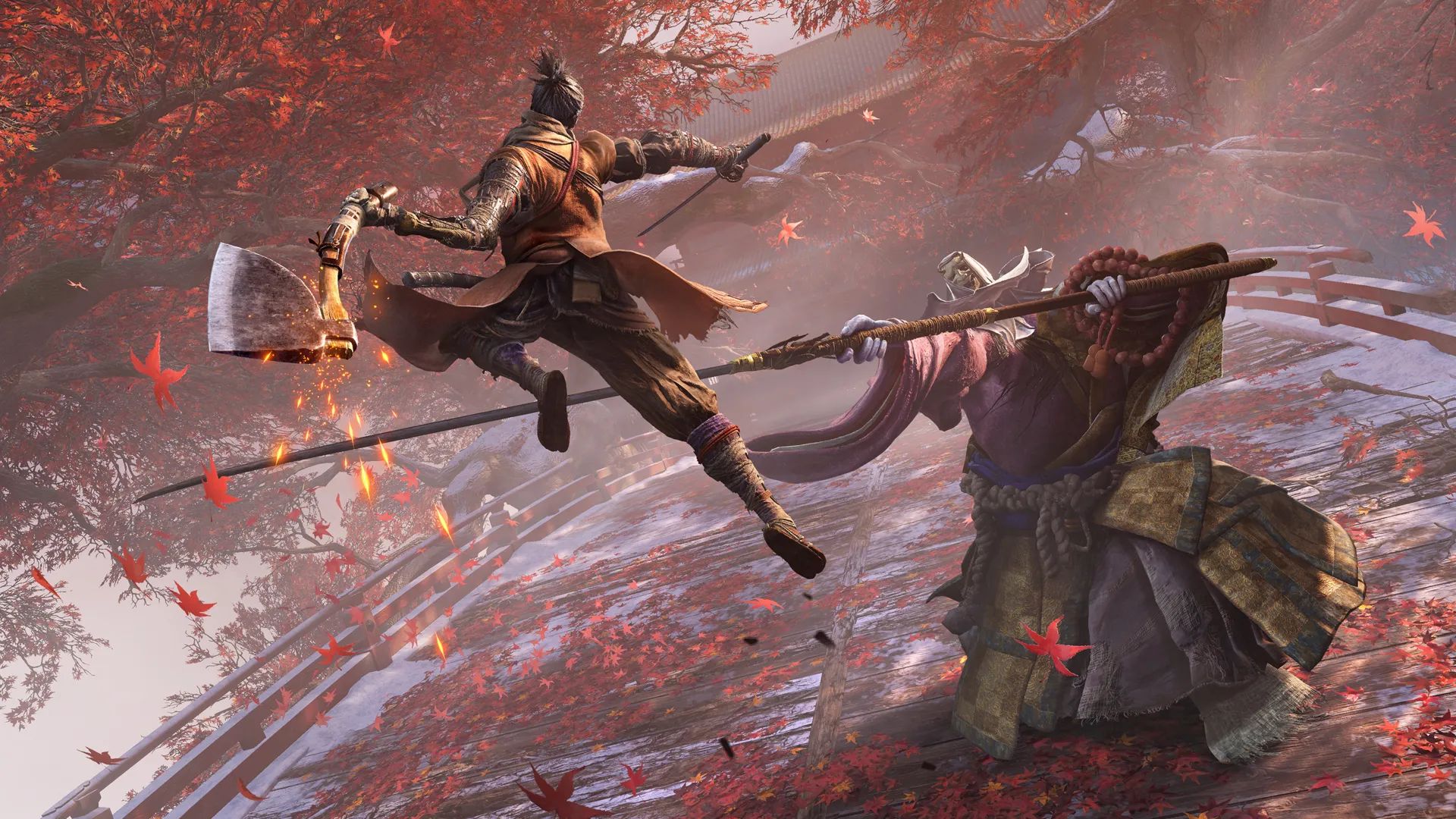Did you know that Sekiro bosses order matters for both the progression and end of the game? We know that you want to wander around to discover the atmosphere of Sekiro but you might skip out on some of the incredible story-line and bosses the game has to offer. Let’s take a look at which foes you must defeat in Sekiro in order to get the ending you desire.
The 2019 action-adventure title Sekiro: Shadows Die Twice was created by FromSoftware and released by Activision. The plot of the game centers on Wolf, a shinobi who seeks vengeance against a samurai clan that attacked him and abducted his lord. It was launched in March 2019 for the PlayStation 4, Windows, and Xbox One, and in October 2020 for Stadia.
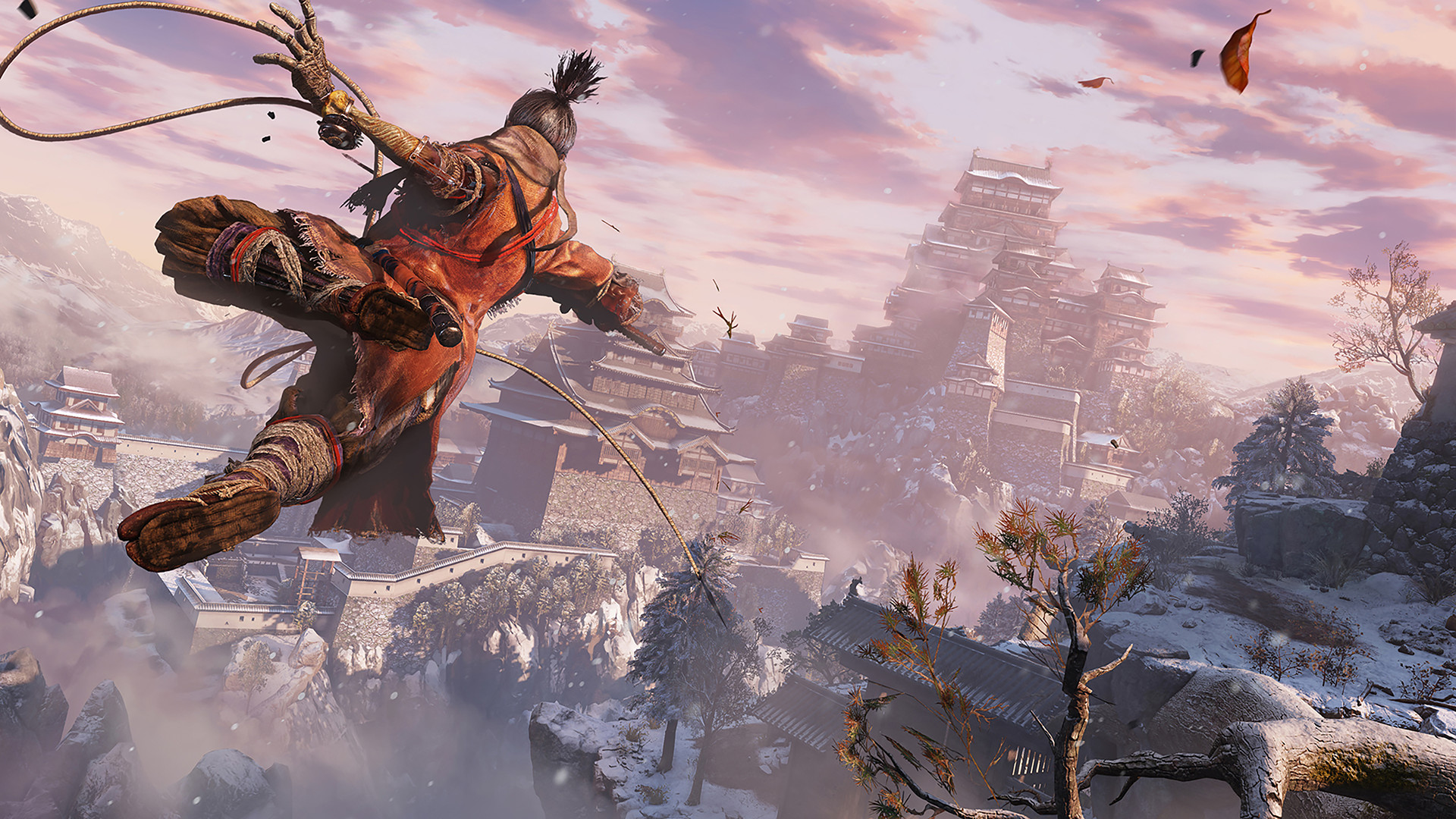
Stealth, exploration, and combat are the primary gameplay elements, with boss fights receiving special attention. The game heavily alludes to Buddhist mythology and philosophy and is set in a fictionalized Sengoku-era Japan. Hidetaka Miyazaki, the game’s principal director, aimed to develop a brand-new intellectual property that stood apart from the Dark Souls franchise while producing the game.
FromSoftware is famous for its extremely difficult games and Sekiro: Shadows Die Twice isn’t different. With its mesmerizing atmosphere, great storyline, fluent gameplay, and most importantly extremely difficult bosses It’s mandatory to read a guide to understand how the game is meant to be played.
A step-by-step look at Sekiro bosses order
Although you’ll encounter the majority of the Sekiro bosses through moving forward in the game’s narrative, there are certain optional bosses you can take on for a variety of rewards and to fully experience Sekiro. Apart from the optional bosses, the game will put you against bosses in this order:
- Gyoubu Oniwa
- Lady Butterfly
- Genichiro Ashina
- Folding Screen Monkeys
- Guardian Ape
- Guardian Ape (Headless)
- Corrupted Monk
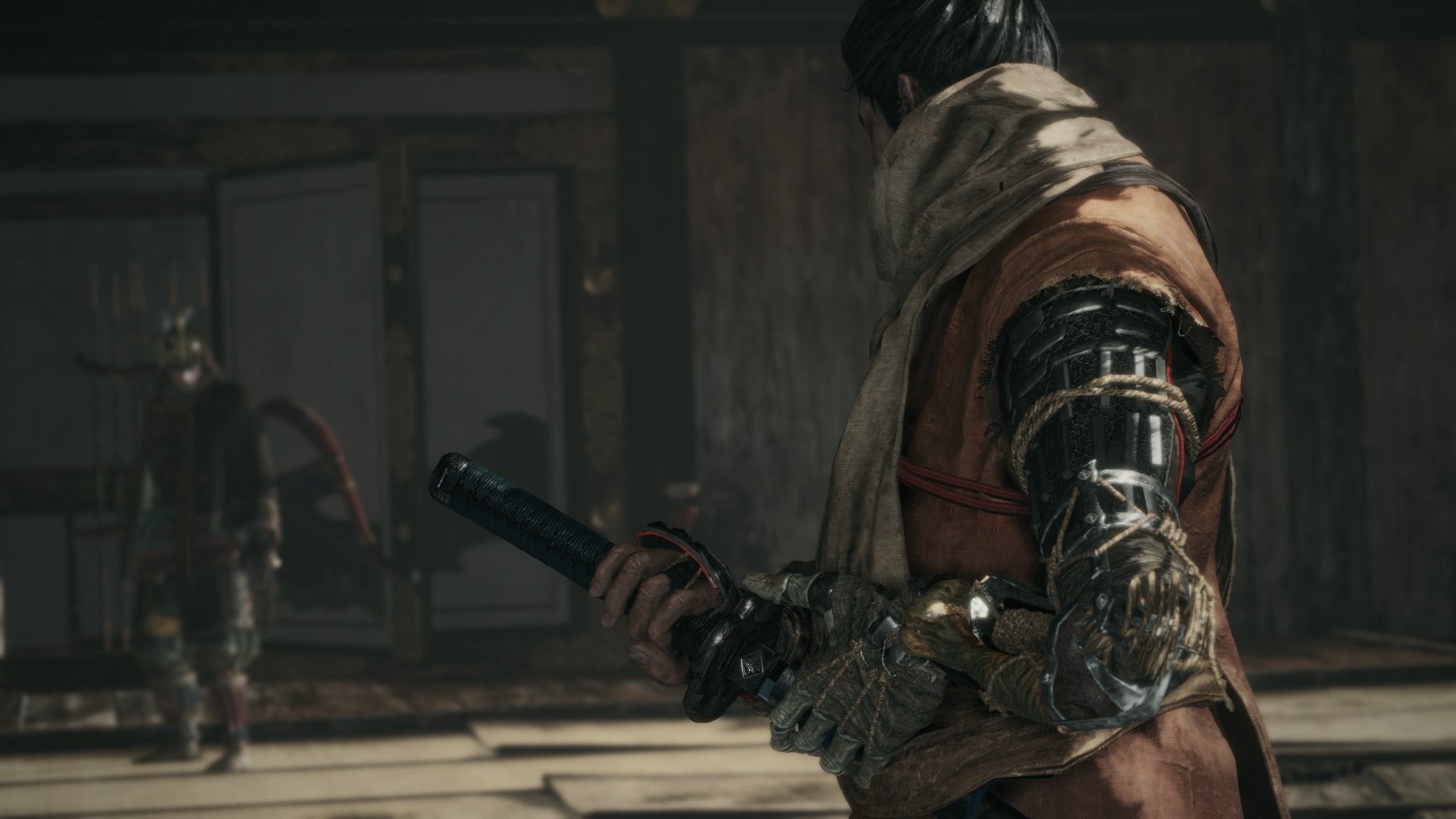
You will eventually reach a stage in the game where you must choose which ending you want after defeating the bosses that the game naturally assigns to you in order. Here, you must choose between siding with the Great Shinobi Owl and facing Emma, The Gentle Blade, and Isshin Ashina, or choosing to side against him and playing the rest of the game. The two endings you can get and the Sekiro bosses order to get them are as follows:
- Shura ending
- Emma, The Gentle Blade
- Isshin Ashina
- Immortal Severance, Purification, and Return endings
- Great Shinobi Owl
- Owl (Father)
- True Corrupted Monk
- Divine Dragon
- Demon Of Hatred
- Genichiro, Way Of Tomoe
- Isshin, The Sword Saint
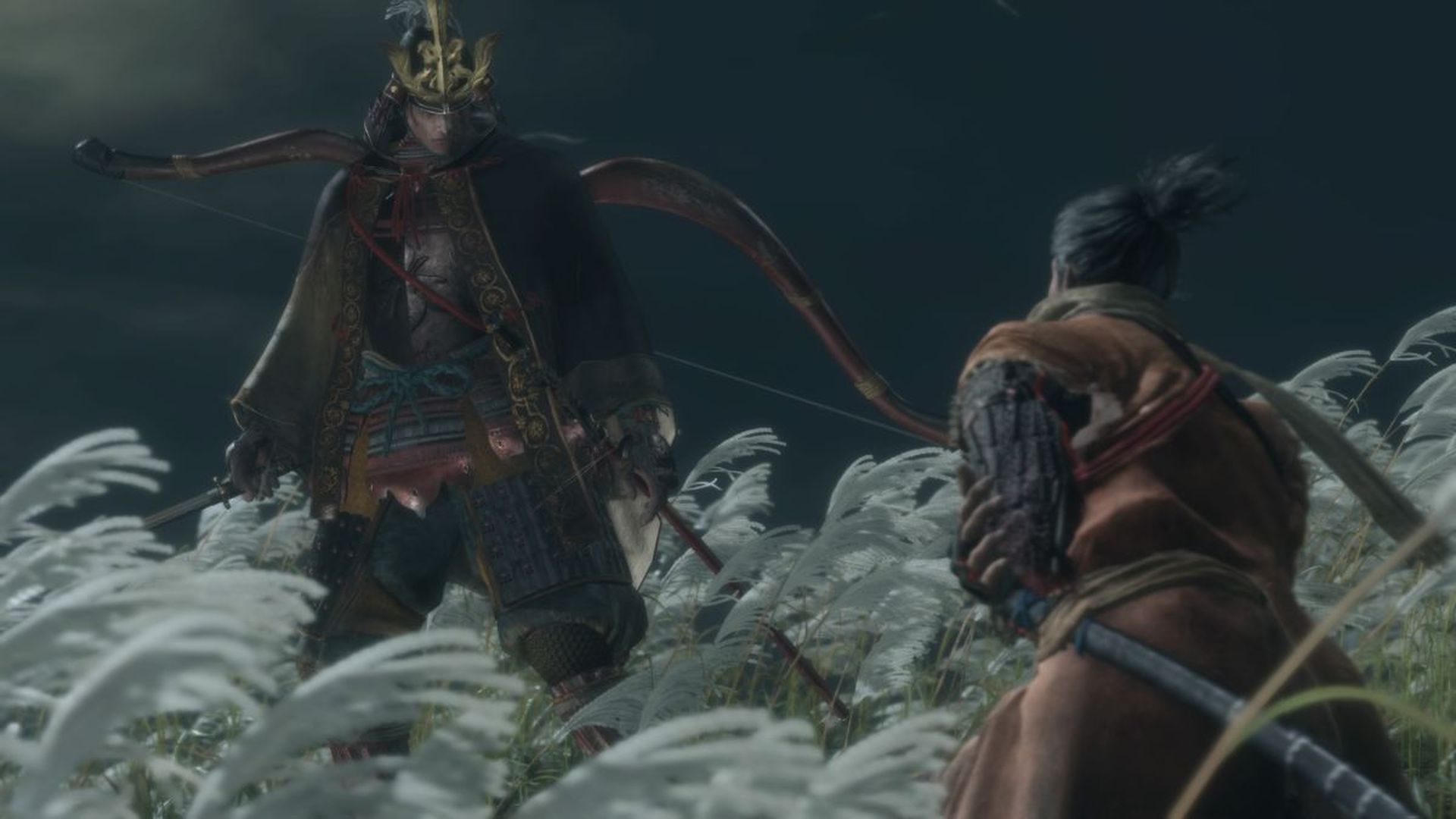
The game will be over once you’ve defeated both versions of Isshin. Congratulations! No matter which ending you select, you’ll need to begin a new game to access the other endings, which requires dealing with all of those challenging bosses once more.
Now, as you know the Sekiro bosses order, let’s take a look at all the possible endings and how to get them all.
Shura ending
The cycle that plays the fastest is the “Shura Ending.”
In Buddhism, Asura is a demi-god or titan who is addicted to negativity; a modern translation would be antigod. An asura is a person who is consumed by violence, wrath, rage, and a craving for combat.
A “Shura” in the context of Sekiro: Shadows Die Twice is a person who has given in to the want for blood and has no emotional ties to this world other than the desire to kill the next victim.
Sekiro can join the shura, but doing so causes him to lose everyone and everything.

In this ending, Sekiro decides to follow the Iron Code and obey Owl’s wishes to obtain the power of the Divine Heir. Sekiro will face off against Emma first, then Ashina Isshin, but both will lose. Owl will then congratulate Sekiro for slaying Ashina Isshin after returning and placing an unknown object on the ground. Owl will declare his victory before Sekiro stabs him in the back.
When Kuro sees Sekiro surrounded by the dead remains of Ashina Isshin, Owl, and Emma, he will understand that Sekiro has evolved into a Shura. The Ashina province quickly bursts into flames and carnage.
Immortal severance ending
The most common ending for a complete game is Immortal Severance, which most players will spontaneously obtain since it doesn’t call for additional effort. This ending, which brings tragedy, is regarded as only marginally negative.
Sekiro assists Kuro in carrying out the Immortal Severance in this resolution to put a stop to the Dragon’s Heritage. Kuro must be given the Divine Dragon’s Tears before being slain with the Mortal Blade in order to do this.

At the dilapidated temple, Sekiro would take the Sculptor’s post and kill time by carving Buddhas. As Takero’s previous Immortal Severance resulted in Kuro being selected as the next Divine Heir, it might be inferred that the Dragon’s Heritage may now pass to another heir.
To get this ending:
- Collect the Shelter Stone and Lotus of the Palace critical items to advance the plot
- The Owl will present you with the option to continue serving Kuro, the Divine Heir, or to follow the Iron Code at the top of Ashina Castle
- Make the decision to keep serving Kuro and carry on with the remainder of the game
- When you chat with Kuro after defeating the final boss, you must decide to offer him only the Divine Dragon’s Tears
Purification ending
Purification is an uncommon ending that few players will be able to unlock on NG+ because it is a more difficult one that calls for more actions from the player. Since the characters get a happy ending, it is regarded as a satisfying conclusion.
The Divine Dragon’s Tears and the Aromatic Flower will be used by Sekiro to rid Kuro of the Dragon’s Heritage in this ending, which is similar to the Immortal Severance ending in that Kuro will not be killed to put an end to the Dragon’s Heritage. Kuro’s remaining connection to the Dragon’s Heritage, the Immortal Oath, must be severed in order to complete the purification, hence Sekiro will kill himself in order to do it.
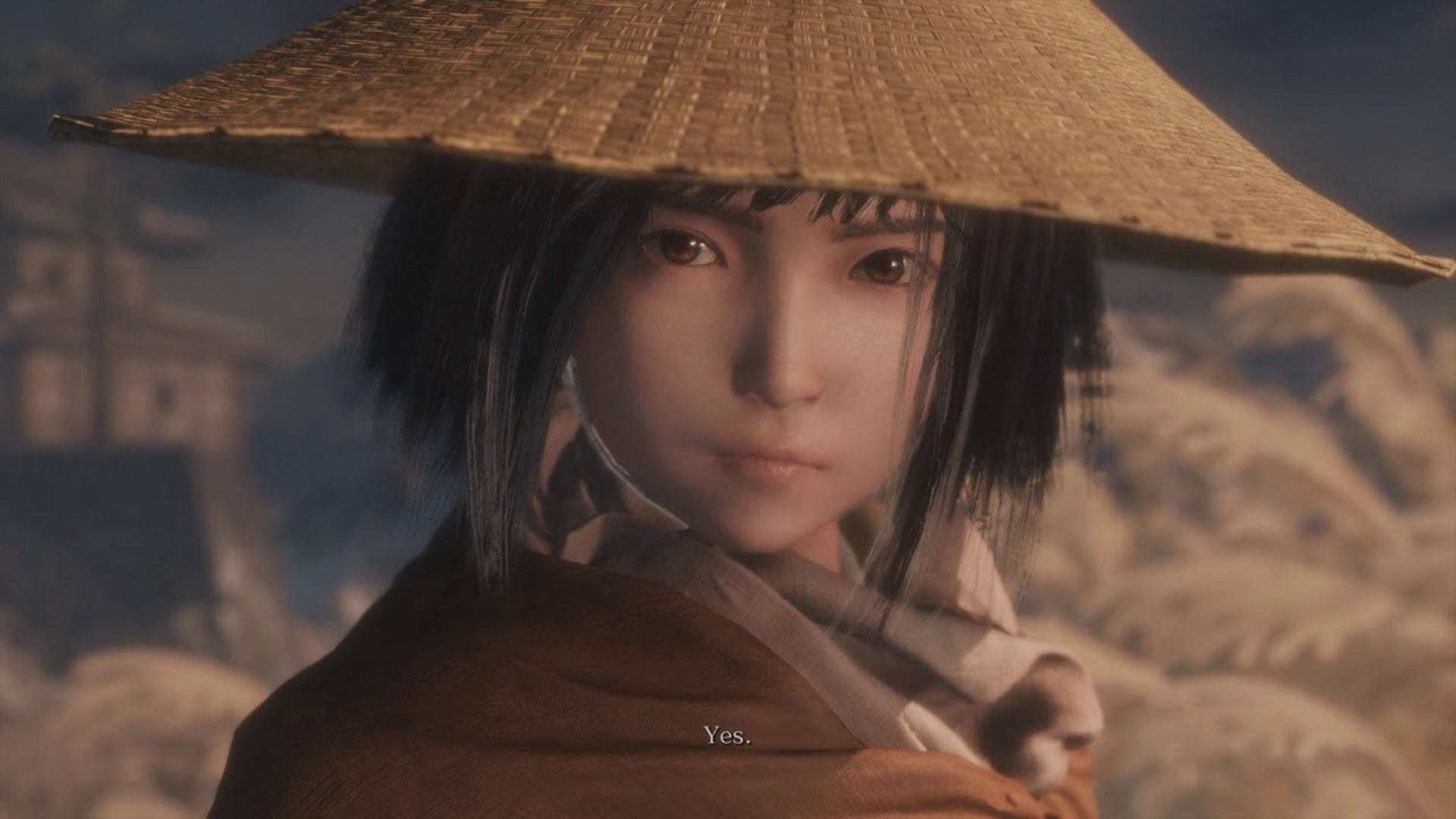
Kuro and Emma will later pay a visit to Sekiro’s grave. Similar to the Immortal Severance ending, it is speculated that this may not be a long-term fix because the Divine Dragon might select another to be its heir.
It is advised to finish the procedures for this ending even if the player does not intend to choose it as their final option because doing so enables the player to collect two prayer beads and a memory that are otherwise missable.
Return ending
Sekiro: Shadows Die Twice’s “real” and “final” ending is Return or Dragon’s Homecoming. It is a challenging ending that will probably be unlocked on NG+ and later because it needs players to fulfill time-sensitive steps throughout their playthrough. It is regarded as the ideal ending to the game.
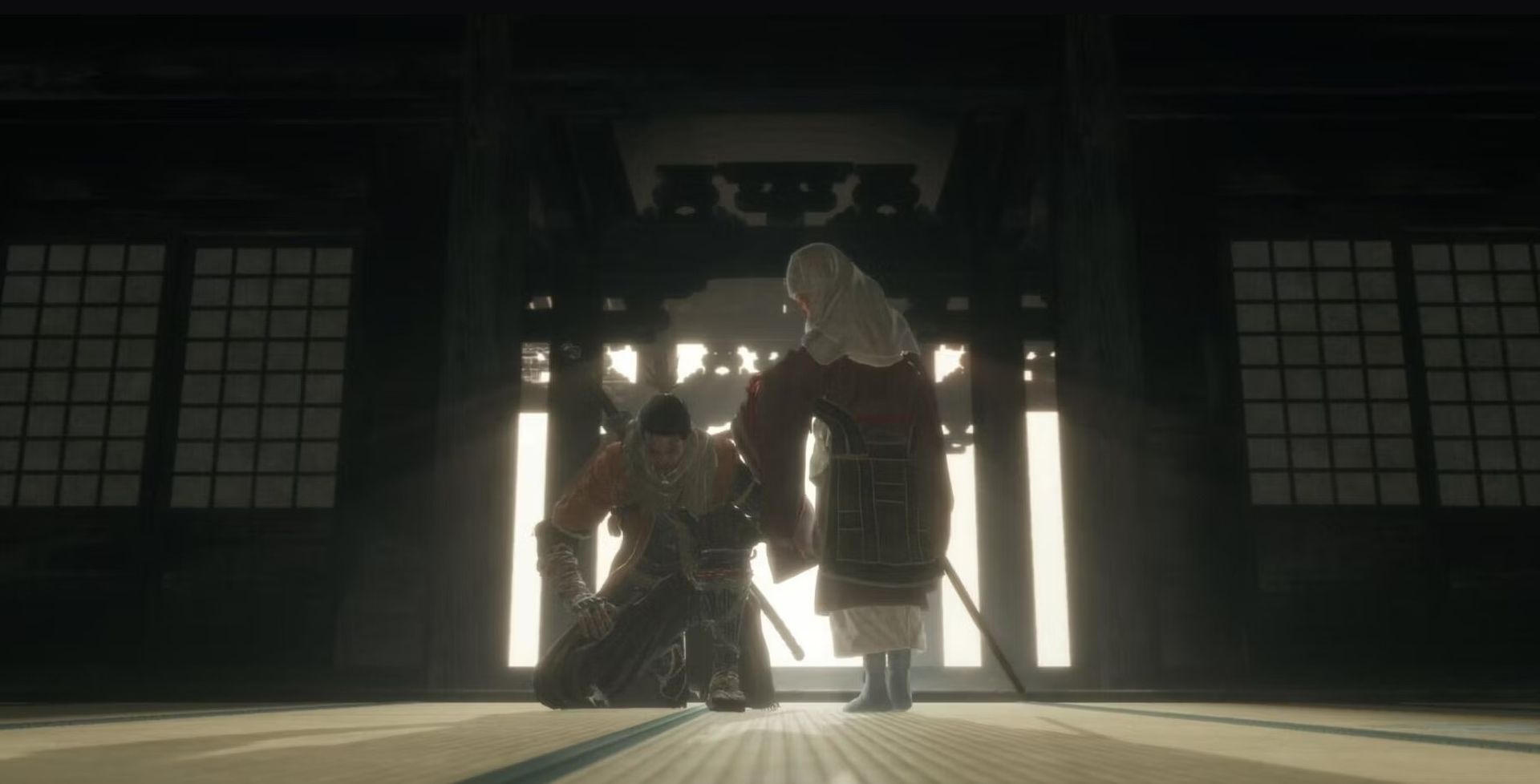
The Divine Child of Rejuvenation will assist Sekiro and Kuro in returning the Divine Dragon to its starting point in this resolution. In order to accomplish this, Sekiro will give the Divine Child both the dried and the fresh serpent viscera, causing the Divine Child to cry out Frozen Tears. Kuro can be absorbed by the Divine Child through the Cradling Ritual by giving her the Divine Dragon’s Tears and Frozen Tears.
And this ending completes our guide on Sekiro bosses order. Which ending will you choose? By the way, From software does an amazing job of designing bosses, so after you’re done with Sekiro, you might want to try out Elden Ring. If you wonder about the endings of it as well, you should definitely check our guide on how to get every different Elden Ring ending?

